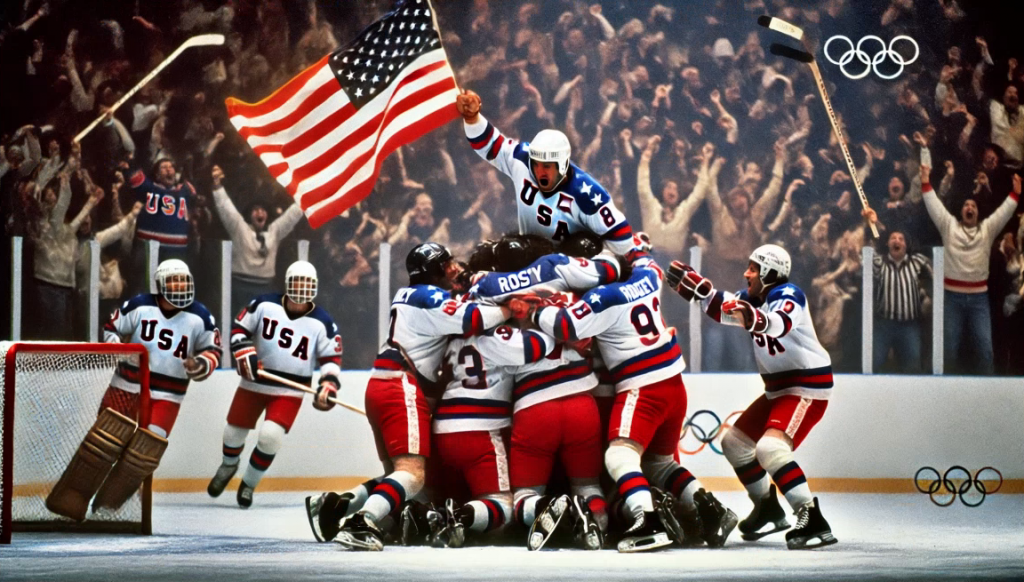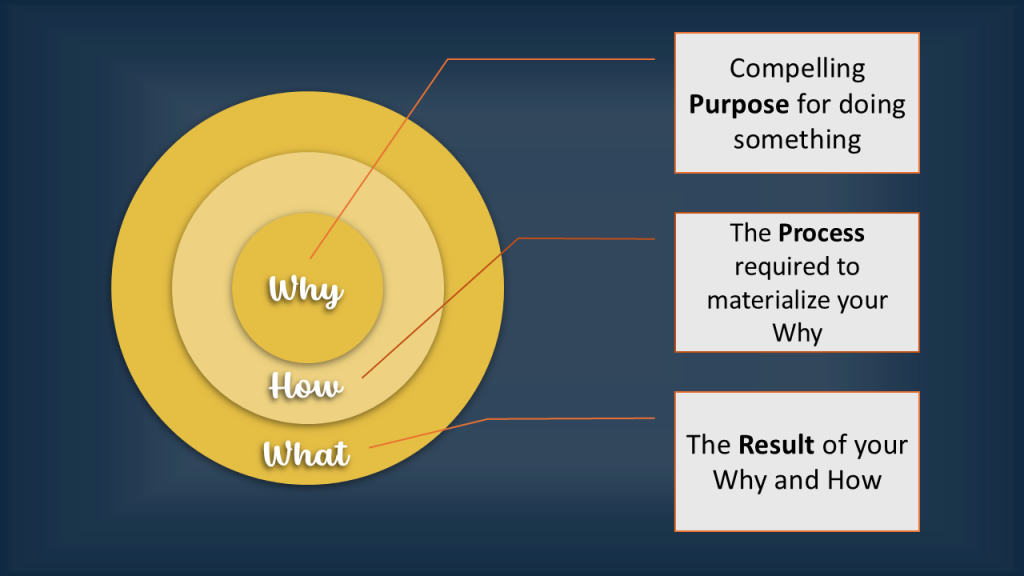An exploration of Simon Sinek’s The Golden Circle. Sustaining purpose for long-term success.

Lessons from the ‘Miracle on Ice’
At the 1980 Winter Olympics in Lake Placid, New York, the U.S. men’s hockey team stunned the world by ending the Soviet squad’s 12-year undefeated streak. Previously capturing 4 Olympic golds, the entire hockey world expected the Soviets to claim their 5th one. However, in an unexpected turn of events, the American team, composed of college students averaging 22 years of age, overcame tremendous odds through a unifying sense of purpose.

It was the 102nd day of the Iran Hostage Crisis when the Lake Placid Olympics began on February 13, 1980. The U.S. was just recovering from a decade-long political scandal, energy shortages, and severe economic stagnation. Additionally, the Soviet Union had recently invaded Afghanistan. “America was looking for a reason to be reminded of the greatness that this country could achieve,” says Kevin Allen, author of Star-Spangled Hockey: Celebrating 75 Years of USA Hockey.
What they lacked in experience, training regimen, and reputation, they made up for with an unwavering belief that fueled their determination: Why they were playing transcended winning a single game—it was about representing a nation’s spirit of perseverance and possibility.
Why ‘Why’?
In Simon Sinek’s revolutionary TED talk and book Start with Why, he explored the two primary ways organizations and leaders influence human behavior—through manipulation or inspiration. Many leaders, often with the best intentions, have naturally resorted to a less inspiring approach in promoting performance. You might recognize some of these approaches:
“You’ve always been our top performer—no one else could possibly handle this project as well as you.”
“Everyone else on the team has wrapped up their tasks. I’m sure you don’t want to be the only one lagging behind.”
“I’ve gone out on a limb to recommend you for bigger roles—now’s your chance to prove you deserve it.”
“I requested you specifically for this project because I trust you’ll give 110%. You wouldn’t want to let the rest of us down, right?”
“Your performance on this project is crucial for our entire team’s success. We really can’t afford any missteps if we want to maintain our standing.”
While these strategies may be effective and seem to drive performance and contribute to personal growth, they are not quite at the cusp of true inspiration.

By contrast, leading with ‘Why’ taps into deeper motivations that connect with people on an emotional level. When individuals understand and embrace the greater cause behind their work, they feel a sense of ownership and purpose that transcends mere task completion. Instead of complying out of guilt or pressure, they commit themselves wholeheartedly because they believe in what they’re doing. This sense of shared conviction not only sustains high performance but also fosters a culture where innovation, resilience, and genuine collaboration can flourish.
The Golden Circle: Simon Sinek’s Alternative Perspective
In his book, Sinek offers an alternative idea as to how we can more effectively influence human behavior. He summarizes it in what he calls The Golden Circle. It is a framework for understanding how great leaders and organizations inspire action. It starts with WHY in the center, appealing to the deeper purpose or belief behind what an individual or organization does. Next to it is the HOW, which explains the methods or processes used to bring that purpose to life. In its outermost layer is the WHAT, which refers to the products or services an organization provides, or the functions of a member of that organization.

For leaders managing their own teams, the lesson is to start by establishing ‘Why’. Identify a compelling reason behind a project or goal – one that appeals to shared values rather than mere tasks. Next, define ‘How’ by mapping out methods, strategies, and a supportive environment that propels everyone toward that goal. Finally, align it with ‘What’ your final output or deliverables are.
Consider our CEO (Customer-Employee-Organization) coaching approach: Rather than just asking, “What do you think is the impact of this service on the customer?” try, “Why do you think the customer needs this service?” This shift taps into the emotional value customers gain.
Centering the conversation on Why can shift an employee’s mindset from simply fulfilling a task to understanding a bigger purpose behind their actions. This sense of meaning cultivates deeper engagement, motivation, and pride in their work. When employees understand why a service truly matters to customers, they feel more connected to the organization’s mission, become more proactive in problem-solving, and often deliver a higher level of care and commitment.
From Compliance to Commitment: Embracing the ‘Why’
When we successfully establish our ‘Why’, we are well on our way to laying the groundwork for a purpose-driven productivity. By leading with purpose and conviction, we can inspire genuine commitment and not mere compliance. This breaks the barrier between sporadic success and sustainable improvement.
Two days after their inconceivable victory against the Soviet team, the American hockey team snagged the gold medal from Finland. Thirteen out of twenty of them later became NHL stars, making history for themselves in the teams they later belonged to. Like the American hockey players who refused to accept defeat, we can build our teams’ success upon a common resolve. Be consistent in communicating your ‘Why’ to your teams. Recognize and celebrate actions that embody core values and lead with purpose.

Antoine de Saint-Exupéry, author of The Little Prince said it best:
“If you want to build a ship, don’t drum up the men to gather wood, divide the work, and give orders. Instead, teach them to yearn for the vast and endless sea”.